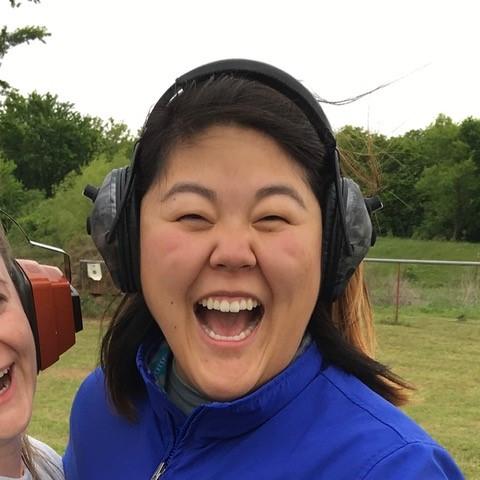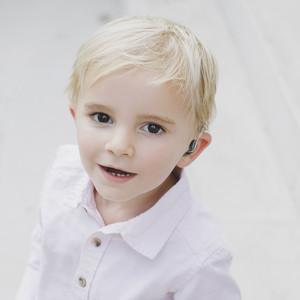Happy National Save Your Hearing Day! Every day at Hearts for Hearing, we ask our patients if they have experienced any exposure to loud noises in their lifetime. Many answer that hearing protection was not encouraged or even considered during the days where more agricultural trades and loud music in the era of rock-and-roll were prevalent. Today, scientists are starting to see the effects of noise exposure damage, and all the research shows evidence that protecting your hearing now is best to listen for a lifetime!
Noise-induced hearing loss is very common and can be caused by many different factors in our environment. According to the US Department of Labor Occupational Safety and Health Administration (OSHA), 22 million workers are exposed to potentially damaging noise at work each year. Exposure to damaging noise does not only come from the workplace. If you use personal audio devices, participate in target shooting or hunting, operate power tools for yard work, have a long daily commute in heavy traffic, or use a number of household appliances, you may be exposed to potentially damaging noise. Intense brief noises or repeated/continuous exposure to loud noises can cause damage to the small hair cells located in the organ of hearing, the cochlea. Once these hair cells are damaged, there is no current treatment to repair them. This damage can not only cause hearing loss but can also cause a decrease in clarity when understanding speech and ringing in the ears (also known as tinnitus).
The magic number to keep in mind is 85 decibels (dB). Listening to noise levels regularly above 85 dB can cause hearing loss over time. The National Institute for Occupational Safety and Health (NIOSH) has recommended that all worker exposures to noise should be controlled below 85 dB for eight hours to minimize occupational noise-induced hearing loss. As the decibel noise level increases, the less amount of time is recommended to minimize noise-induced hearing loss. For instance, an increase of 3 dB to 88 dB only allows for the individual to be in that environment for four hours before a high risk of noise-induced hearing loss.
There are some warning signs that your environment may be too loud if:
- You experience ringing or humming in your ears after you leave the environment
- You must raise your voice to be heard by others an arm’s length away
- You experience temporary hearing loss or speech around you sounds muffled after leaving the noisy area
- You cannot hear someone three feet away from you
Using a free sound level meter app, like Decibel 10th, that measures noise levels in your environments. If the noise is above 85 dB, then take caution, and wear hearing protection
Sources: US Dept. of Labor OSHA Safety and Health Topics, Harvard Health Publications “Save your hearing,” ASHA Information for the Public “Noise”




